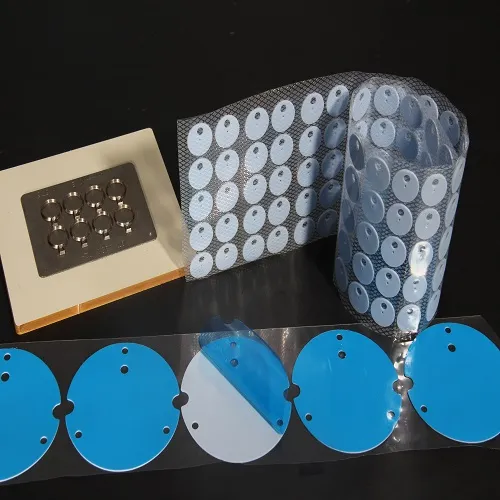
Although there are many types of thermally conductive gap filling materials, they have targeted applications, so customers will choose suitable thermal conductive gap filling materials according to their own product factors. Thermal conductivity is a parameter to measure the thermal conductivity of materials. The thermal conductivity of most thermally conductive gap-filling materials is expressed by thermal conductivity, but it is not the higher the thermal conductivity, the better.
In addition to the contact thermal resistance, it will affect the heat conduction efficiency, and the calorific value of the thermally conductive gap filling material itself will also affect the thermal resistance of the material. The internal thermal resistance of the material is like the scale of the water pipe. , of course, in addition to thermal resistance, there are many factors that affect the thermal conductivity of thermally conductive gap-filling materials, such as thickness, compressibility, hardness......
As a heat dissipation auxiliary material, the thermal conductive gap filling material provides a good solution for the heat dissipation of the equipment, and ensures that the operation of the equipment will not be affected by high temperature.

 English
English
 usheenthermal
usheenthermal



